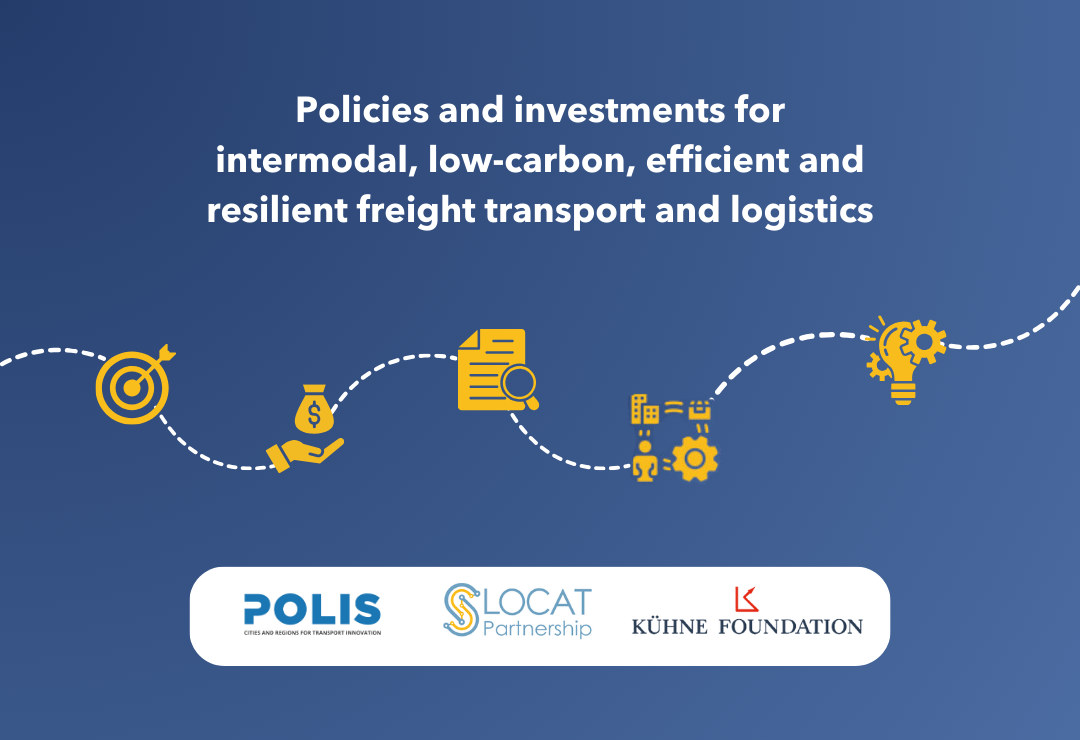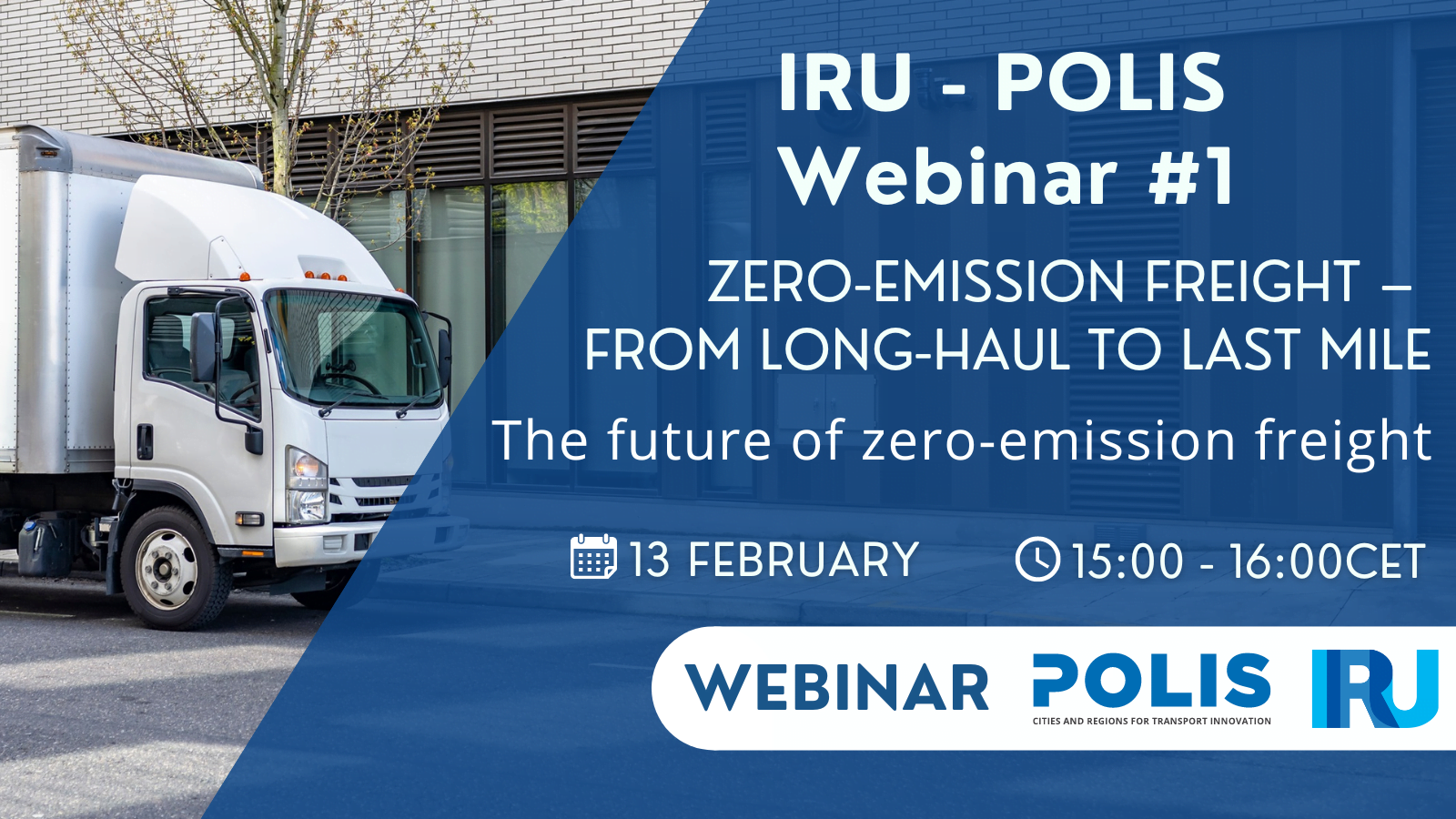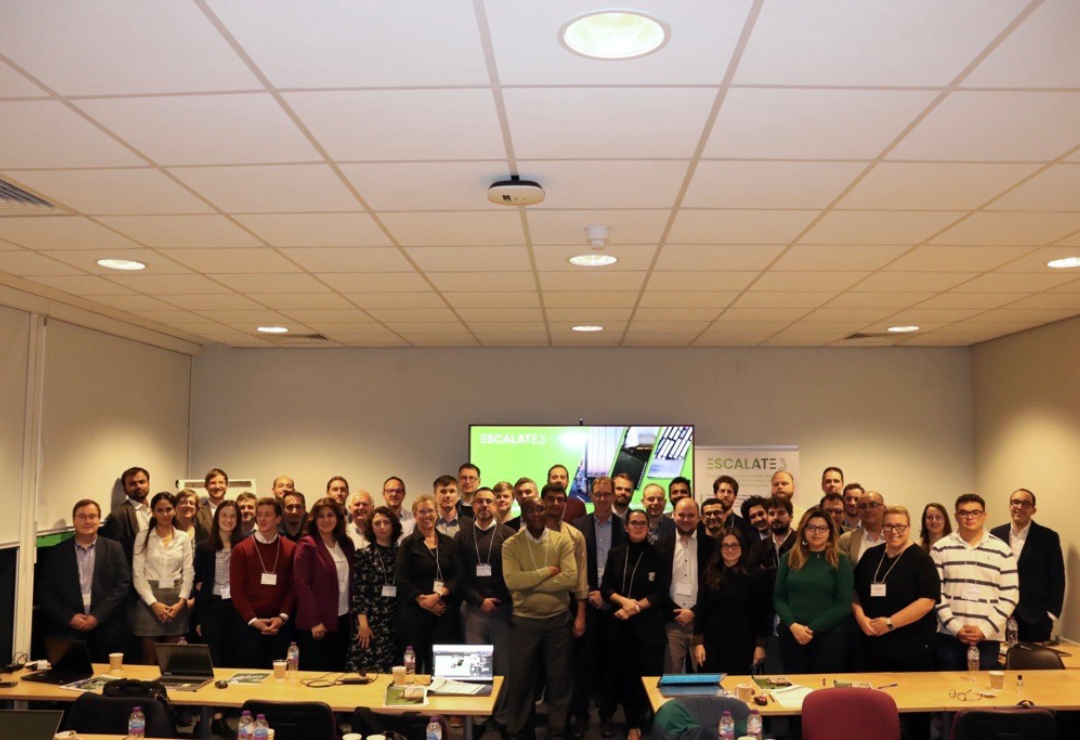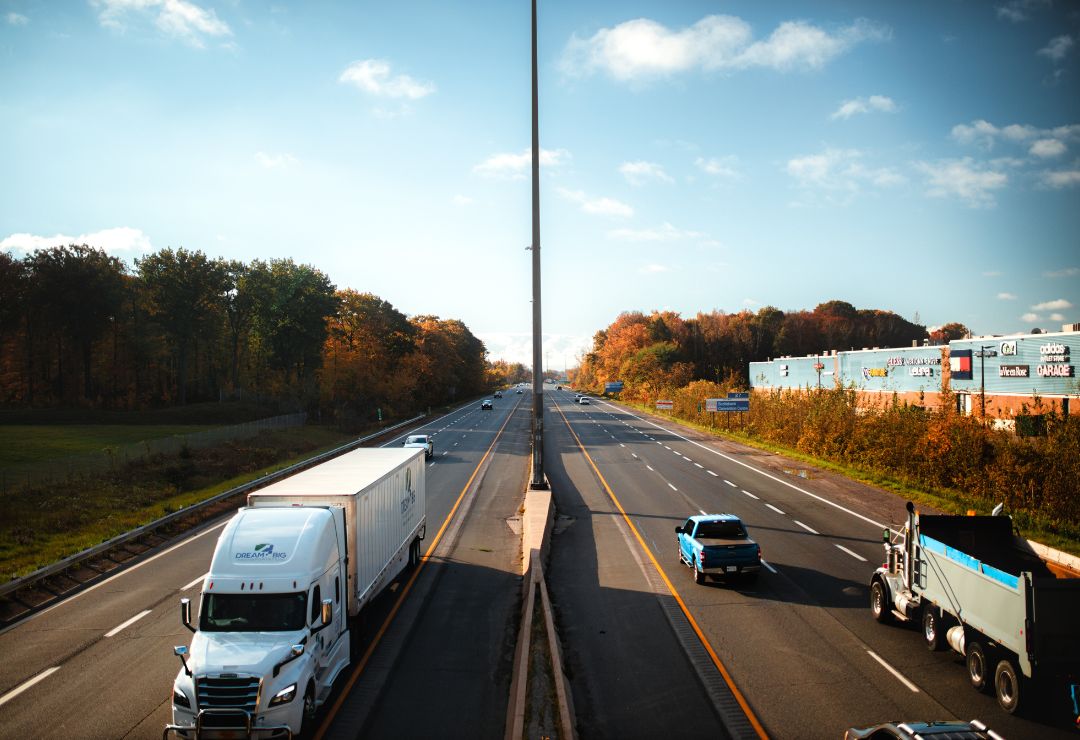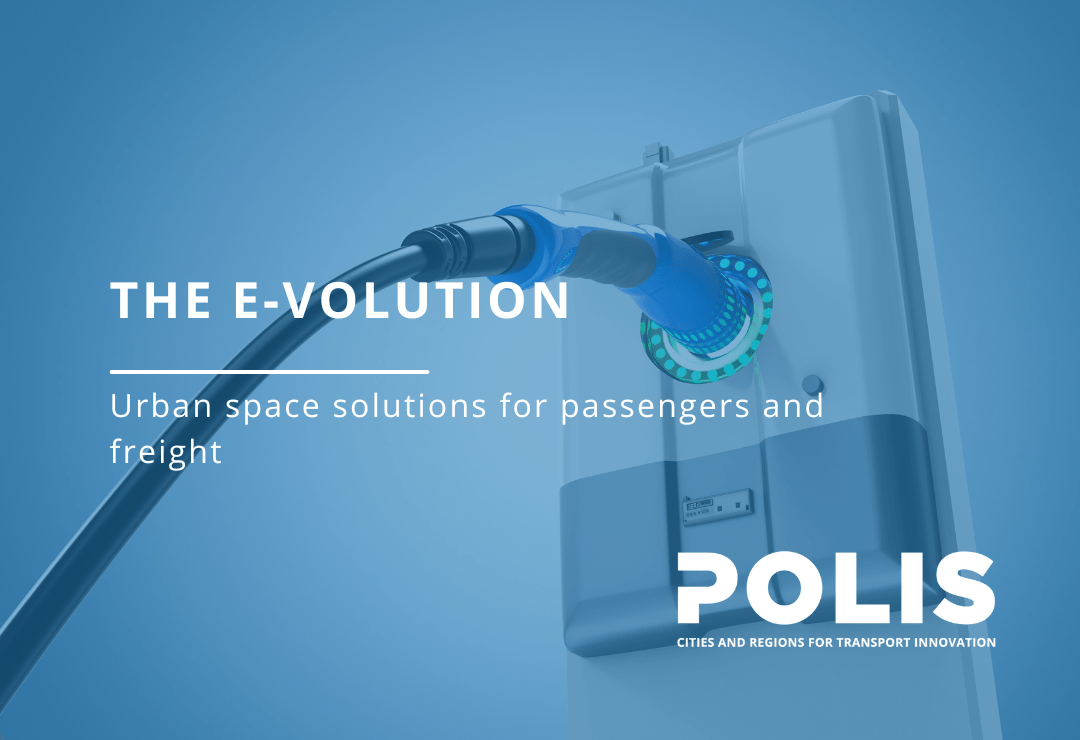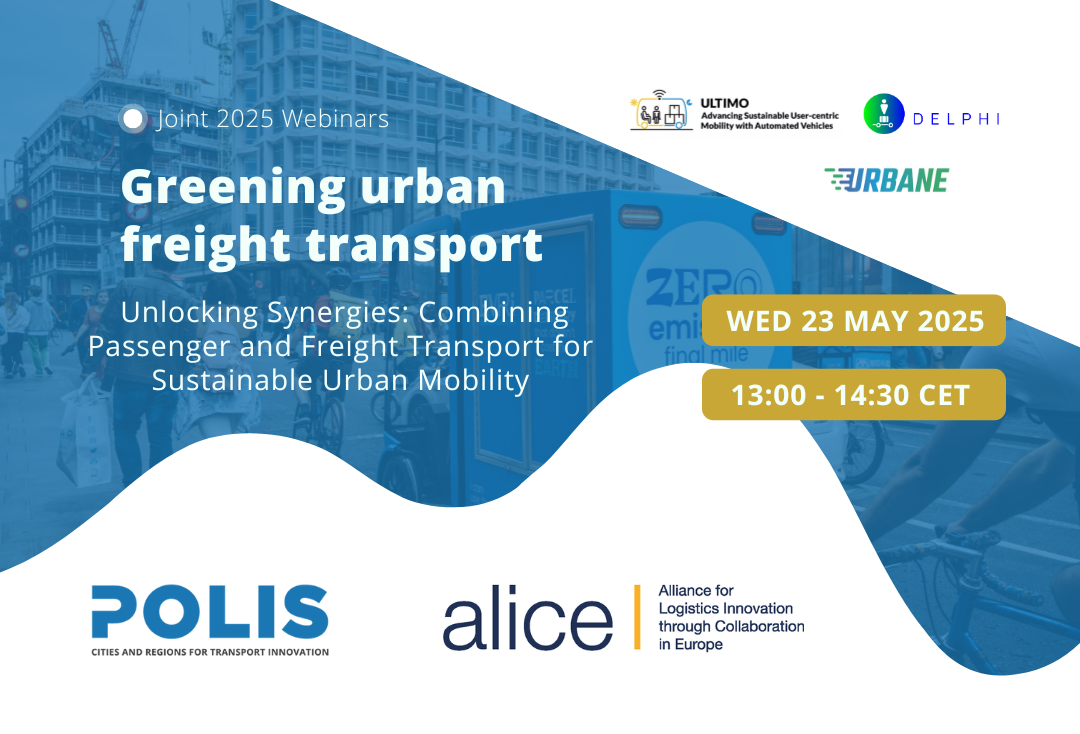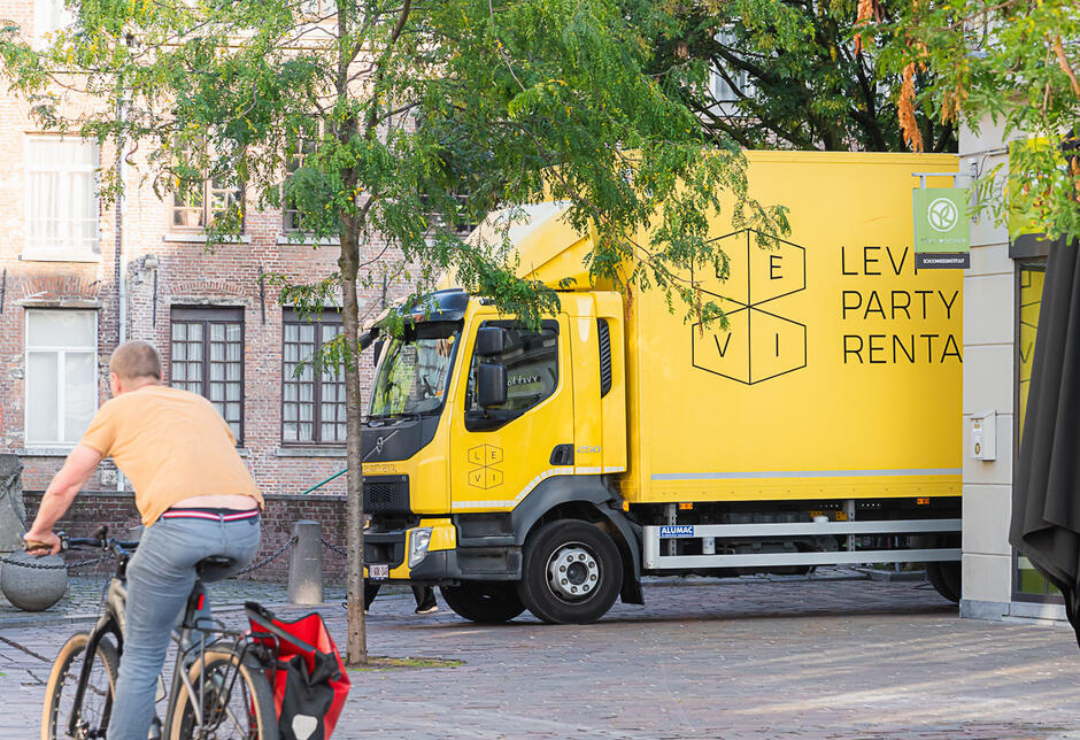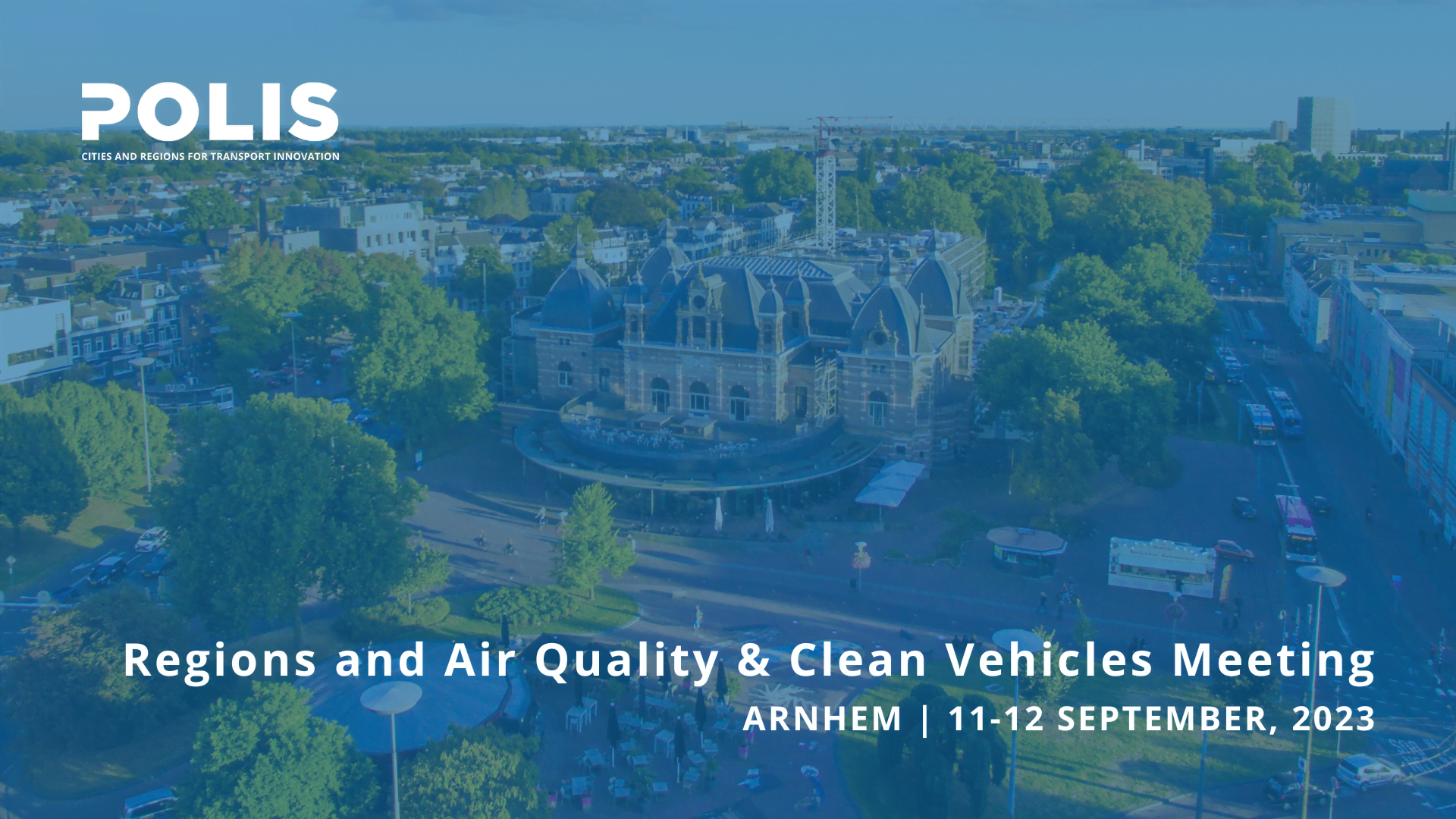Clean fleets for logistics
The EU Commission, under the strategic vision of the European Green Deal, has set an ambitious target to achieve net-zero emissions in the EU by 2050. To achieve this objective, greenhouse gas emissions must be reduced across all sectors of the EU’s economy.
Road freight transport is the backbone of trade and commerce on the European continent. According to the European Automobile Manufacturers' Association (ACEA), trucks carry around 77% of all freight transported over land in the EU. According to the Joint Research Centre (JRC) of the EU Commission, approx. 65-70% of inland freight is transported by diesel trucks. Trucks are responsible for 25% of climate emissions from road transport in Europe, while accounting for less than 2% of the vehicles on the road.
There is increasing consensus among European truck manufacturers and industry stakeholders that battery electric trucks (BEVs), fuel cell electric vehicles (FCEVs) as well as hydrogen combustion trucks (H2-ICE) are the most promising technologies available now. However, high total cost of ownership (TCO), underdeveloped infrastructure, and uncertain regulatory schemes remain key challenges hindering the transition.
In parallel, to address these environmental impacts, many cities are establishing ambitious targets for zero-emission deliveries. These goals involve boosting demand for zero-emission vehicles (ZEVs) and adopting cleaner fleet technologies to minimise the footprint of urban freight transport.




